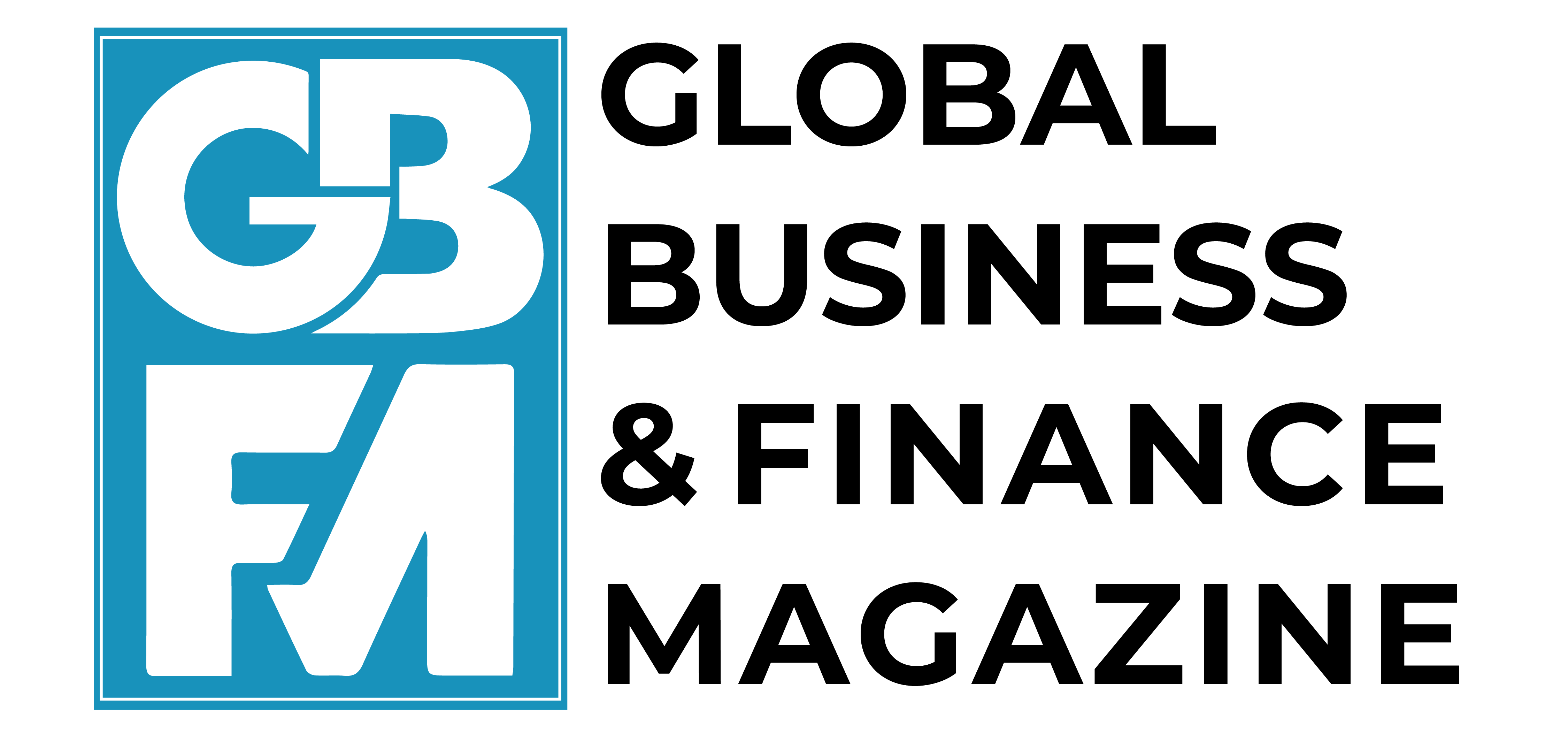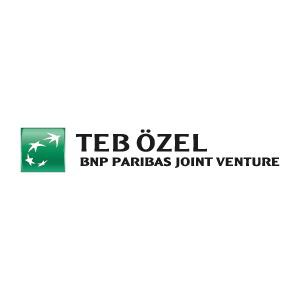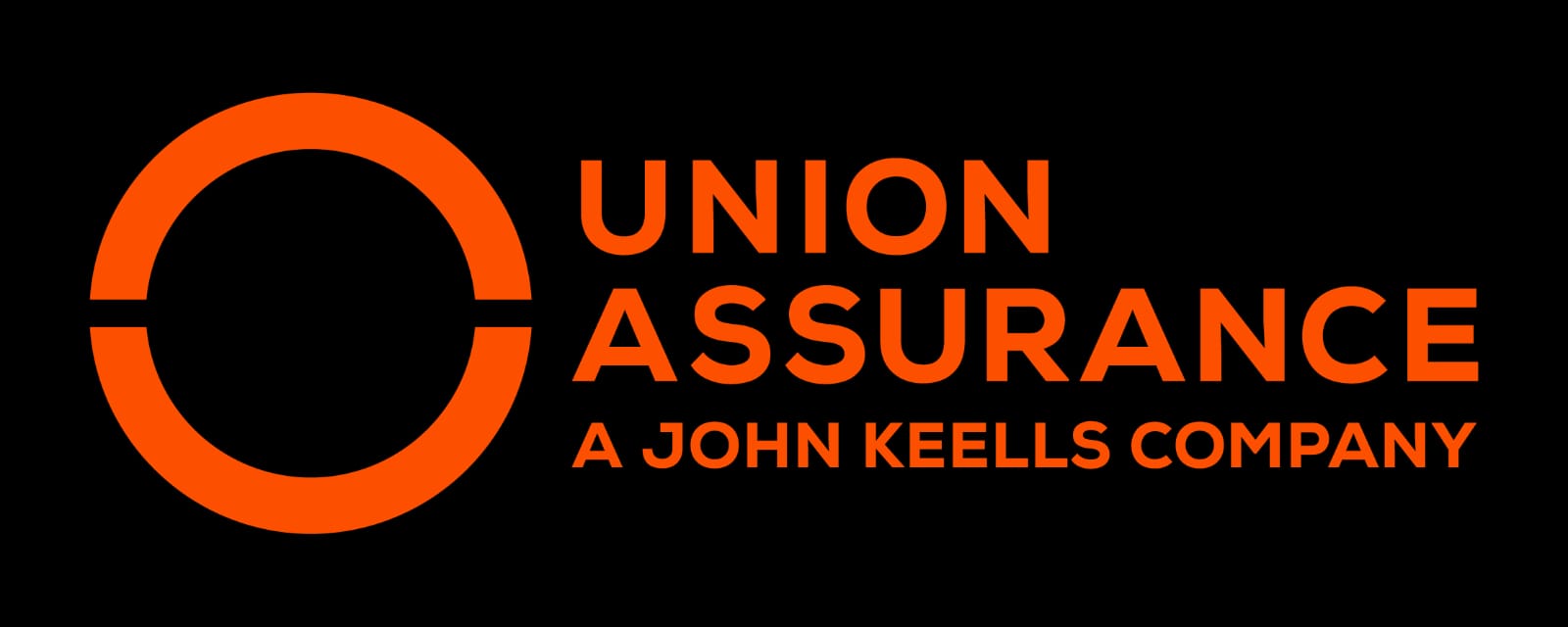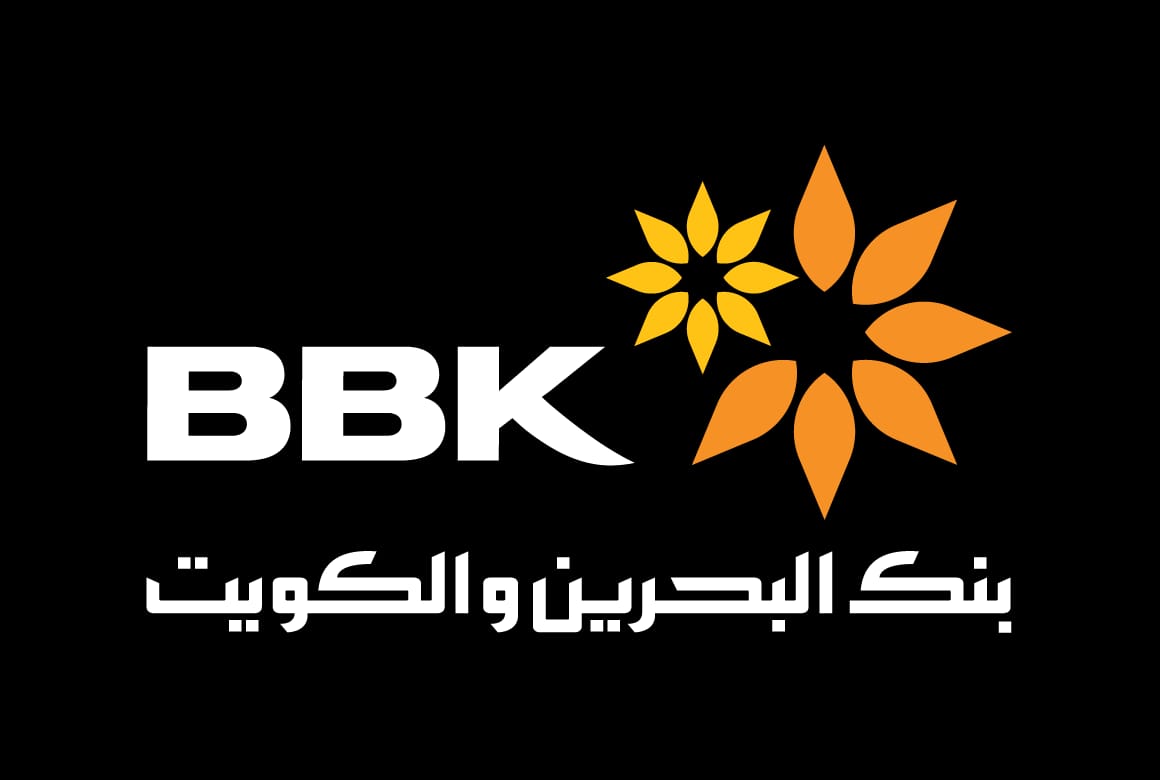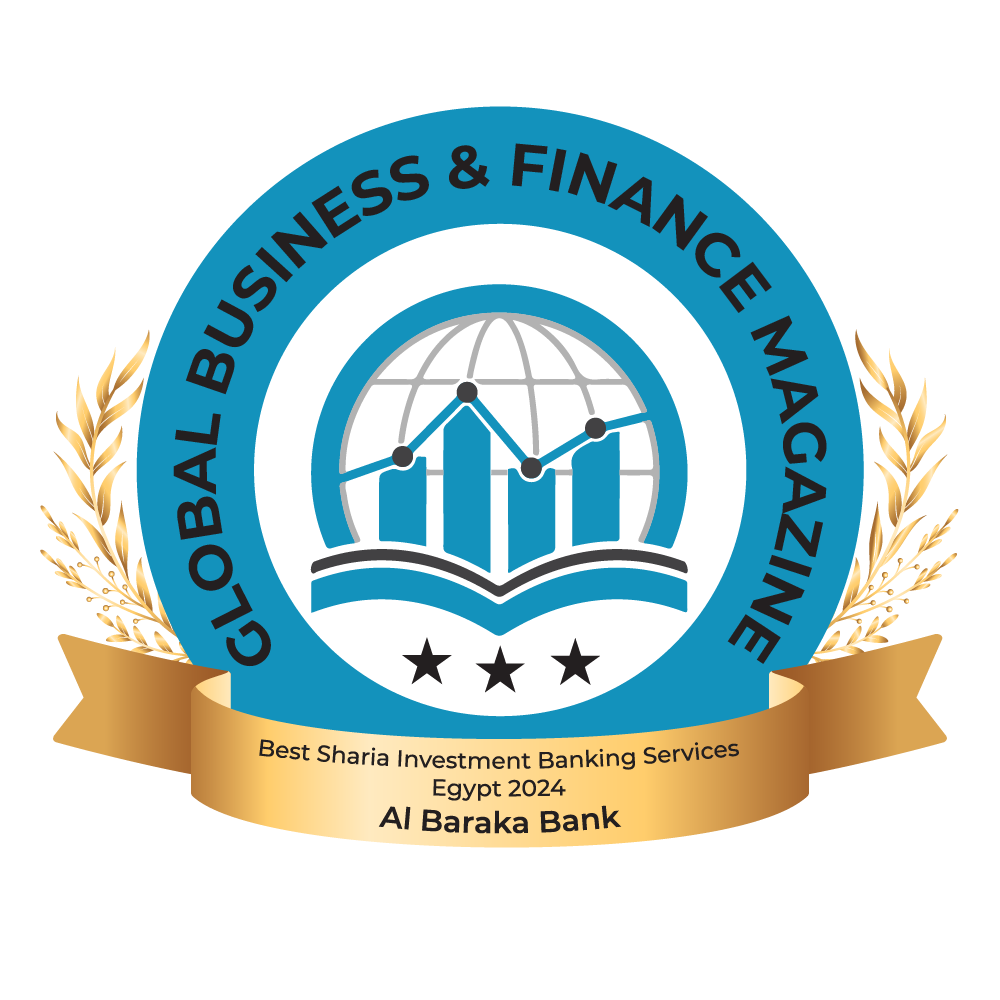Strengthening existing safe assets should be a strategic priority for any new joint borrowing.
Europe’s looming defence spending needs will put new demands on public policy and the public purse. To meet these demands, European Union member states and regional allies will need to work together for collective security. As new ways of building and managing capacity emerge, new funding will likely need to follow. Three broad options for joint defence spending may potentially be available:
- Procurement and purchasing of EU-owned assets;
- Procurement and purchasing of assets owned by a new mechanism such as a European Defence Mechanism (EDM) as proposed by Wolff et al (2025a, 2025b); and
- Purchases of assets ultimately held by participating countries.
In the case of EU-owned assets, funding via the EU would be expected, and allied neighbours such as the United Kingdom and Norway could participate by paying user fees or through similar arrangements. These assets could then be managed entirely by the EU or in consultation with a future EDM. But an EDM could go further and either procure assets for itself, or assist in the procurement process for assets that will eventually be held by individual participating governments. For example, willing countries could collectively order weapons, the EDM would use capital market borrowing to defray costs and countries could take out upfront EDM loans that would be repaid as they took delivery (Wolff et al, 2025a).
Such creative ideas could be very effective at bringing together countries that use the euro, countries that do not and non-EU allies including the United Kingdom and Norway, while also leaving scope for some EU countries to opt out. When it comes to politics and governance, European allies should come to the negotiating table with an open mind.
But if and when the time arrives to borrow money, Europe should stick to what works. Once an EDM decides to raise debt – for joint research and development, procurement bridge loans or any other purposes – it should contract with either the European Union, for which the European Commission manages bond issuance, or the European Stability Mechanism (ESM), an international financial institution outside the EU treaties owned by euro-area countries.
Here, we do not take a position on the scale or scope of a future defence initiative. Nor do we attempt to solve the many political trade-offs and motivations that will be necessary to bring a new mechanism into being, with or without its own borrowing. Rather we argue that if new bonds are required, they should be sold via one of the EU’s existing issuers, with concessions and opt-outs made available as needed to win consensus to move ahead.
Both the EU and the ESM already enjoy AAA bond ratings and a mature investor base. They issue debt across the yield curve. Most importantly, they are a source not only of ‘safe assets’, a generic term for low-risk debt, but of a potential true ‘safe asset’, able to provide a capital markets benchmark. This would decouple market pricing from domestic sovereign bonds, help banks meet liquidity requirements and serve as a monetary policy instrument (Arampatzi et al, 2025). It would also boost the international role of the euro, which has been so far hampered in serving as an alternative to US Treasury bonds by the short-term nature of EU borrowing programmes (Claeys et al, 2023).
Bond market scale is extremely important to consider. Outstanding marketable US Treasury debt is around $29 trillion. Total outstanding euro-denominated institutional debt is around €1.1 trillion, even when all sources are tallied. Adding in euro-denominated sovereign bonds pulls the total over €10 trillion, but most of that debt is not top rated.
Figure 1: Top-rated securities make up a minority of official-sector euro debt

Source: Bruegel based on Bloomberg for bonds issued by EFSF, EU, ESM and EIB, S&P for credit ratings and Eurostat for government debt securities. Note: includes bonds issued by the 19 euro-area countries, the European Financial Stability Facility, the European Union, the European Stability Mechanism and the European Investment Bank. Costanza Greppi and Marie-Sophie Lappe are thanked for preparing the figure.
In the rest of this analysis, we explore the trade-offs and possible workarounds for connecting a future EDM with EU bonds, ESM bonds or a hypothetical new issuing entity. Given that the EDM as proposed by Wolff et al (2025a, 2025b) would be making loans to sovereign countries, not to individual companies or procurement projects, development banks such as the European Investment Bank and the European Bank for Reconstruction and Development (EBRD) are not appropriate comparisons. They have very different risk profiles and, in the case of the EBRD, membership includes the US and China, which would presumably not want a direct connection to funding European defence.
EU bonds
EU bonds are the best option for tapping capital markets. The EU has about €650 billion in outstanding debt, it enjoys a top credit rating and it has been assigned to haircut category I, alongside sovereign bonds, in the European Central Bank’s risk-control framework for collateralised credit operations. The EU has a strong primary dealer network and a diversified funding strategy that combines issuances for all EU programmes in one stream. This is a huge asset for a future EDM or similar entity – defence programmes can ramp up at their own pace and enjoy top quality market access in any amount, at any point. The programme needs only a couple of billion per year in the beginning? No problem, the EU can add on to its borrowing plan accordingly. The programme needs to scale up? Also no problem, particularly as this would offset declines in EU issuance that are expected as the NextGenerationEU pandemic recovery programme and the Security Action for Europe (SAFE) defence facility ramp down.
The questions are then: can this be done within the EU Treaties and can it be done if some countries refuse to participate. The experience of the euro crisis shows that, with some political will, the answers could be yes and yes.
In December 2010, the European Council approved using the EU budget to create a European Financial Stabilisation Mechanism (EFSM), solely for use by euro-area countries. From the start, this facility was intended to be opt-in: “Member States whose currency is not the euro will, if they so wish, be involved in this work. They may decide to participate in operations conducted by the mechanism on an ad hoc basis”. The EFSM issued loans to Ireland and Portugal alongside the International Monetary Fund and the European Financial Stability Facility, a special-purpose vehicle that was the ESM’s predecessor.
The EU added extra protections for non-euro area countries in July 2015, when the EFSM was un-mothballed to extend a €7 billion bridge loan to Greece in the lead-up to a third and final rescue programme. As part of that operation, the UK received guarantees that it and any other non-euro area country would be repaid in full should there be losses of any kind to the EFSM and, by extension, the EU budget. As the Council implementing decision stated, “The euro area Member States have communicated their commitment to reimburse jointly and promptly through a dedicated arrangement each non euro area Member State for the amount that that non euro area Member State has paid in own resources corresponding to the use of the general budget of the Union in cases of losses”.
This offers a basis for technical work on providing guarantees to any EU countries that do not wish to participate in funding the defence mechanism, should EU borrowing be involved.
It is important to note that a decision to join the EDM would be separate from whether or not to seek a guarantee from the EU budget. EU countries that are not part of NATO, such as Austria and Ireland, might choose not to join the EDM but also not oppose the EU acting as legal borrowing agent for bridge loans issued through the facility. Furthermore, countries such as Germany, which enjoy lower borrowing costs than the EU itself, could choose to finance their shares directly and reduce the amount of needed joint debt. Importantly, Germany declining defence loans in favour of paying its own way would not hurt the liquidity or credit rating of EU debt, because security programmes would be only one part of the EU’s consolidated borrowing strategy.
The EU bonds option would not allow for borrowing to be extended to the UK, Norway or other allied countries that join a prospective EDM. However, those countries could certainly join EDM programmes and make arrangements to pay their own way, via user fees or purchases arranged with whatever financing makes sense to them.
ESM bonds
If it proves impossible to utilise the EU’s borrowing capacity, the ESM is the next best option and would offer many of the same advantages. It is not quite as good at being a safe asset: it was only ever used to finance €109 billion in programme lending, and it has a total borrowing capacity capped at €500 billion (€428 billion of which is currently available). It comes with some governance challenges. First, to contract with an EDM, euro-area countries probably would need to authorise creation of a new ESM instrument. Second, ESM activity generally requires more consent from national parliaments than is necessary for operations carried out by the European Commission. For example, Germany has so far required that every ESM loan disbursement receive sign-off from its parliament’s budget committee or a designated sub-panel.
That said, the fact that the ESM is outside the EU treaties also offers some built-in flexibility. Its Luxembourg-based staff are highly trained and benefit from expertise from around the world. If euro-area countries want to deploy the ESM for this purpose, they can have confidence that a top-quality technical solution could be found to make the link to an EDM work, despite differences in organisational membership.
Guarantees have a history here, too. Finland asked for and ultimately received extra guarantees in exchange for support for Greece’s rescue programmes (ESM, 2019). Austria and Slovakia have also sought similar guarantees at various points, although they have ended up not following through. This precedent shows that guarantees are possible and can be part of political negotiations, whether or not they are required when final decisions are made. Also, as with EU bonds, if some countries chose to pay on their own rather than borrow through the EDM, the ESM’s liquidity and credit worthiness as an issuer would not be affected.
Hypothetical new rearmament borrowing facility
This is by far the weakest option from a financial perspective. Its strength is that it only would need to include the countries taking part in a new collective defence initiative. However, of the ‘Big 5’ European countries that might serve as the core of such a proposed facility – Germany, France, Italy, Poland and the UK – only Berlin has a top-quality credit rating. That means that participants would need to provide extensive ‘overguarantees’ and extra capital to enjoy the same amount of lending capacity. Any paid-in capital would be unavailable for other uses. If Germany chose not to route its participation through joint funding efforts, the new facility would issue fewer bonds and, depending on the scope of the opt-out, could face further ratings and capital challenges.
It would take time to establish a new issuer, and further time to agree on the first purchasing programme. This first programme also is unlikely to call for borrowing at scale, meaning initial borrowing would be in the tens of billions of euros at best. If the hypothetical facility would have a total capacity measured in hundreds of billions of euros, the amount of paid-in capital could exceed the amounts borrowed. In that case, participating countries would be economically better off just writing cheques to each other.
If, politically, the choice comes down to a defence mechanism with its own special-purpose vehicle or no deal on collective financing, the SPV option could very likely be more expensive than options that involve no joint borrowing at all. It is also possible that time and money could be wasted developing a facility that ultimately lacks market access, or is not tapped or does not have enough long-term political backing to be useful.
In summary, the EU and its allies can go far by pooling their collective expertise and procurement potential. When it comes time to borrow on capital markets, however, their fortunes will be better served by strengthening the EU’s existing safe asset, rather than spending political capital, time and money building something that will work less well.
Source : Bruegel

